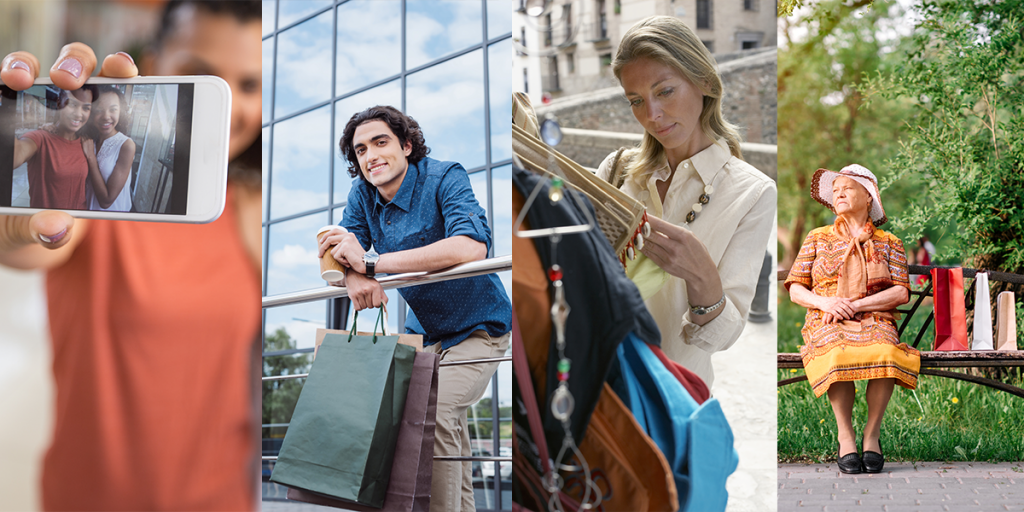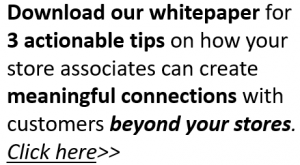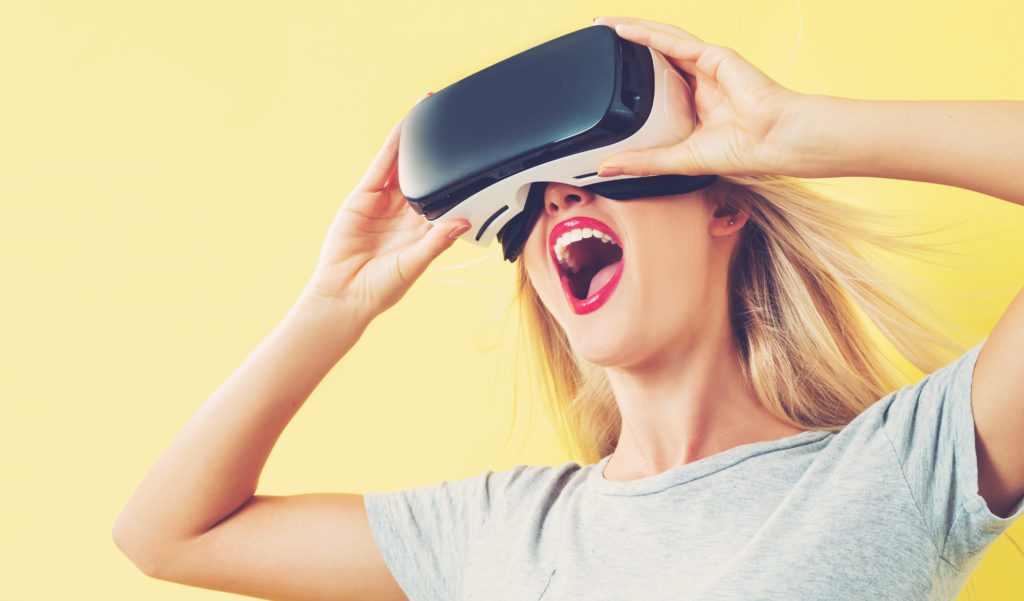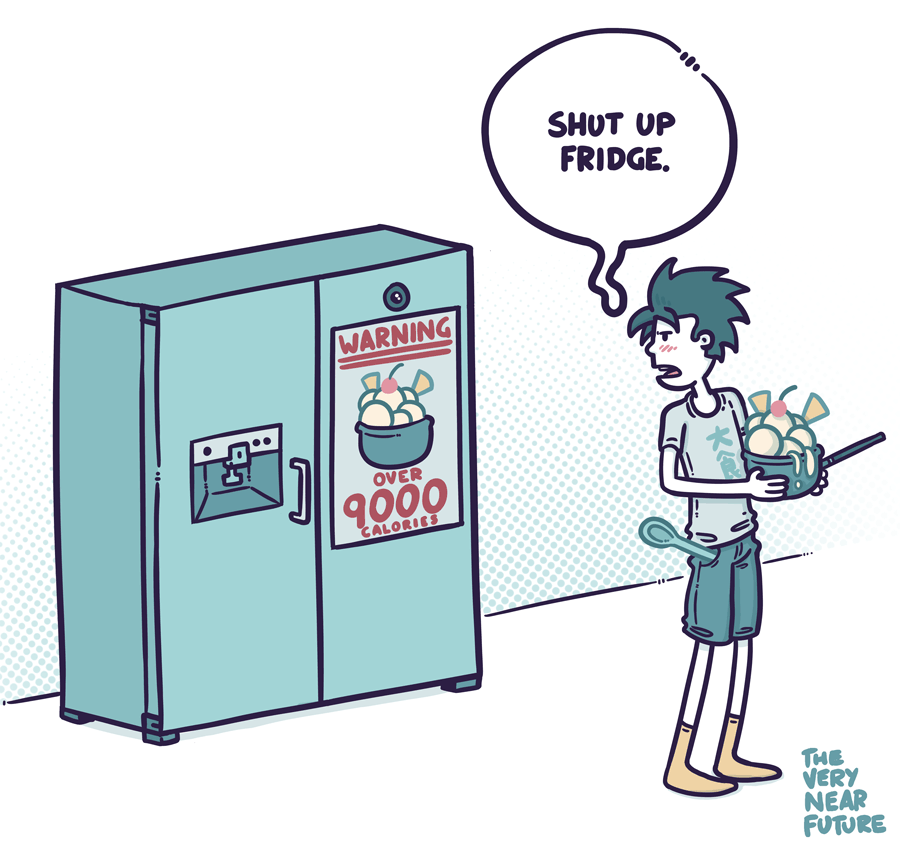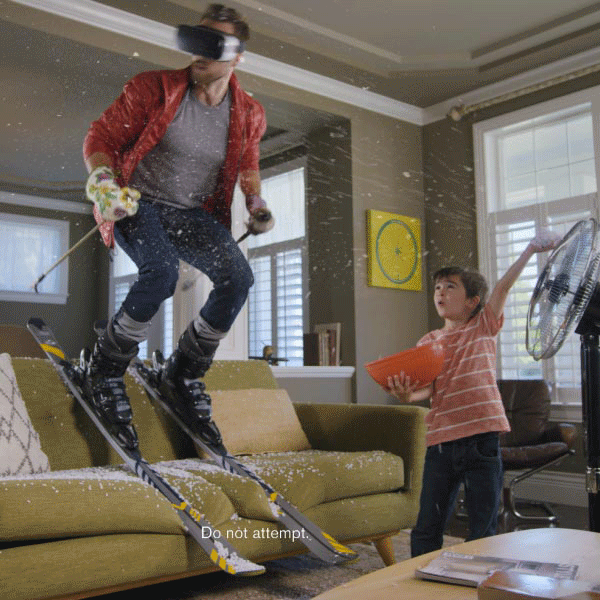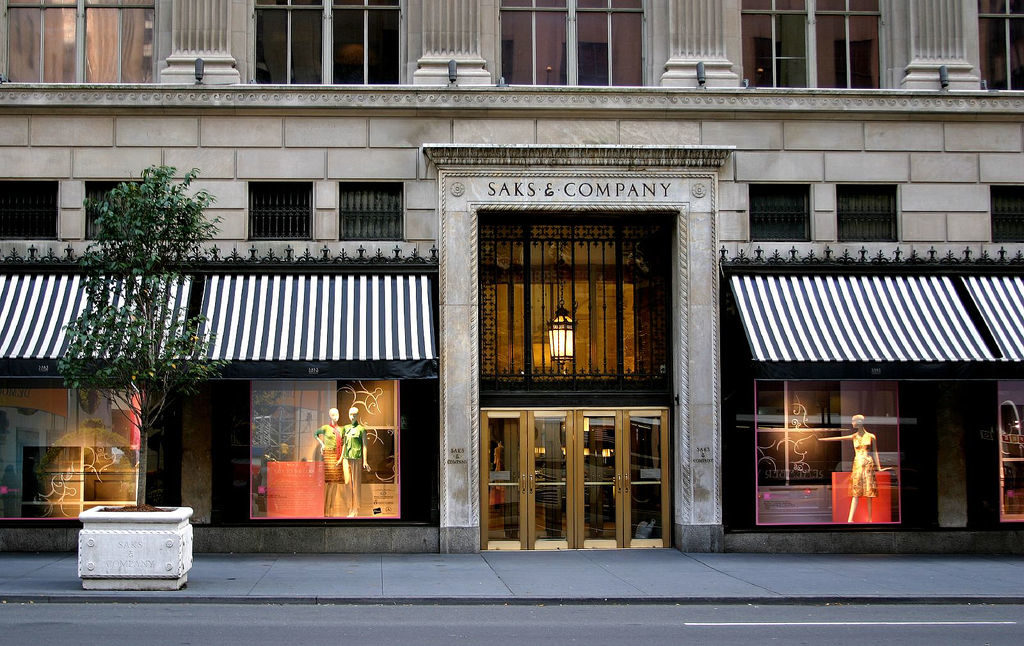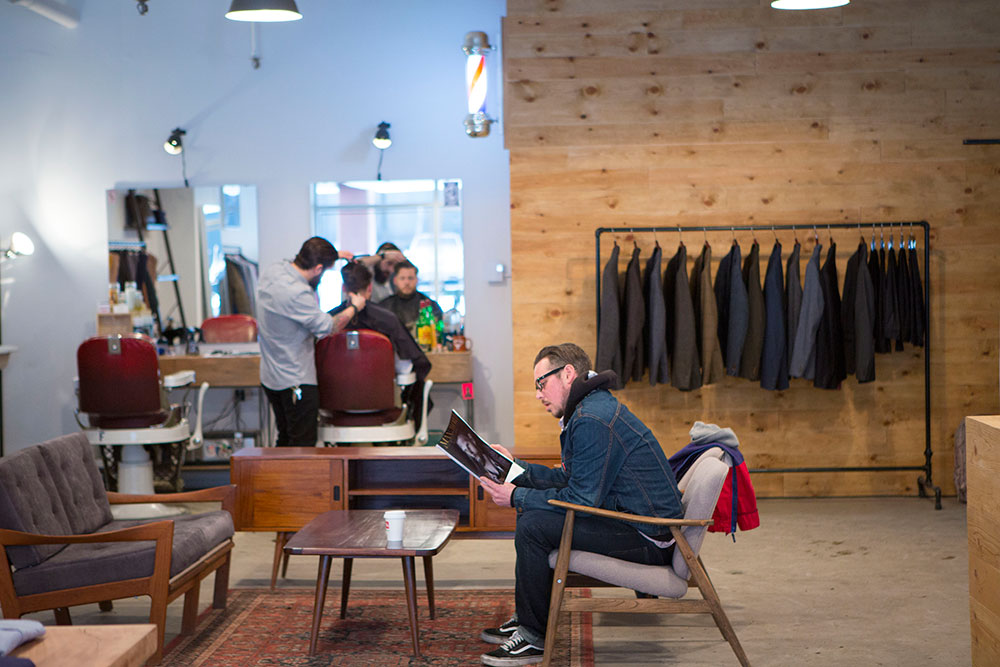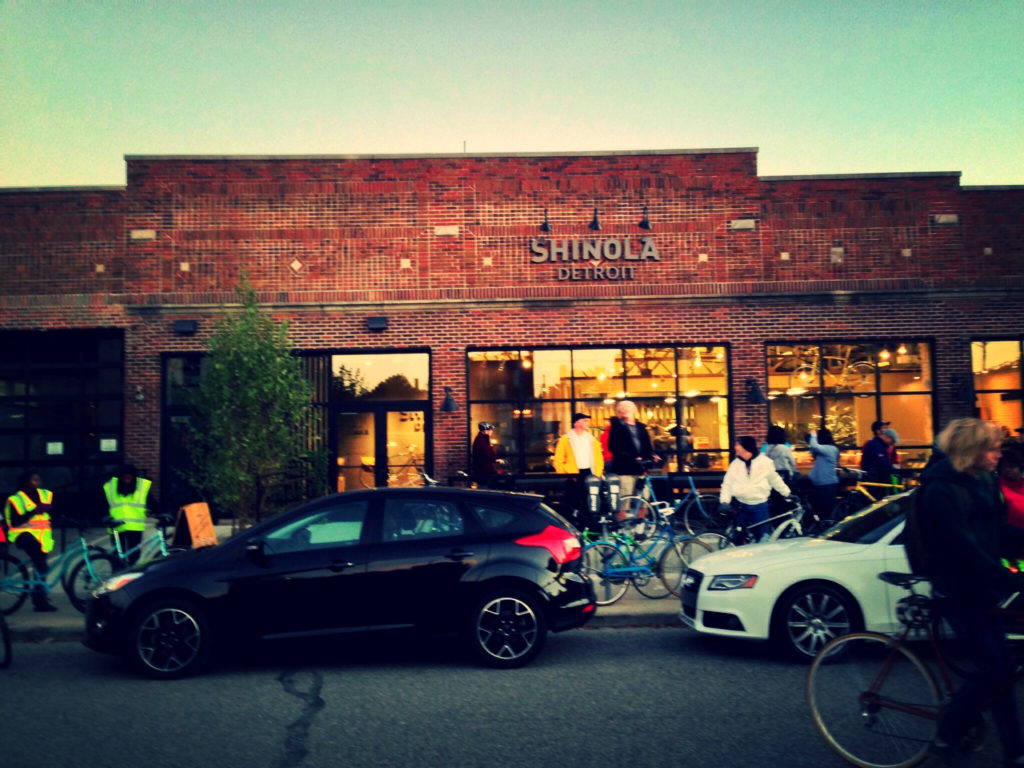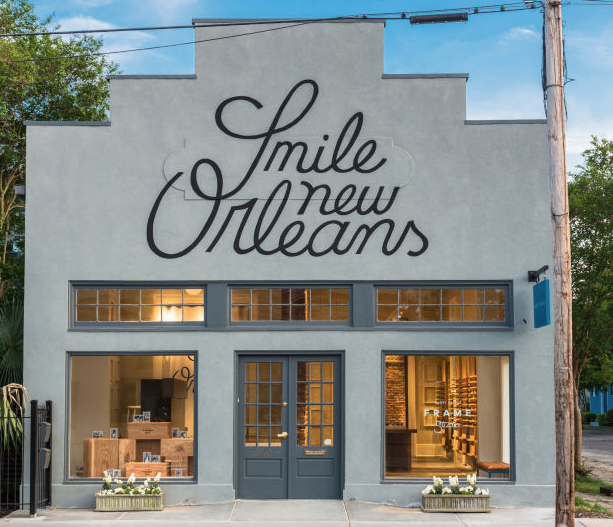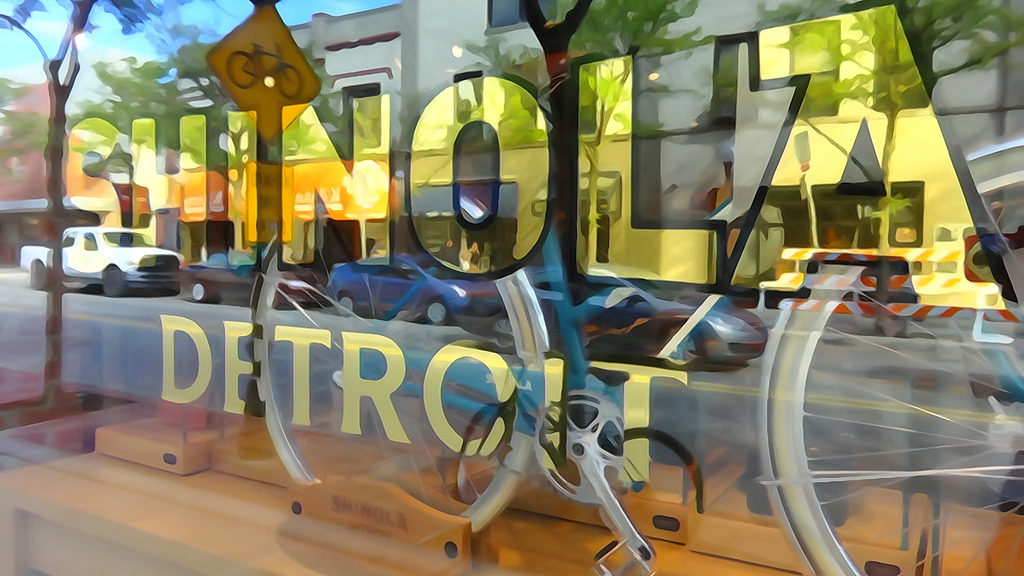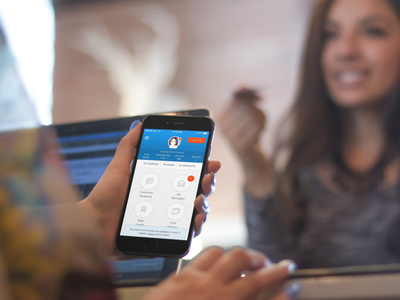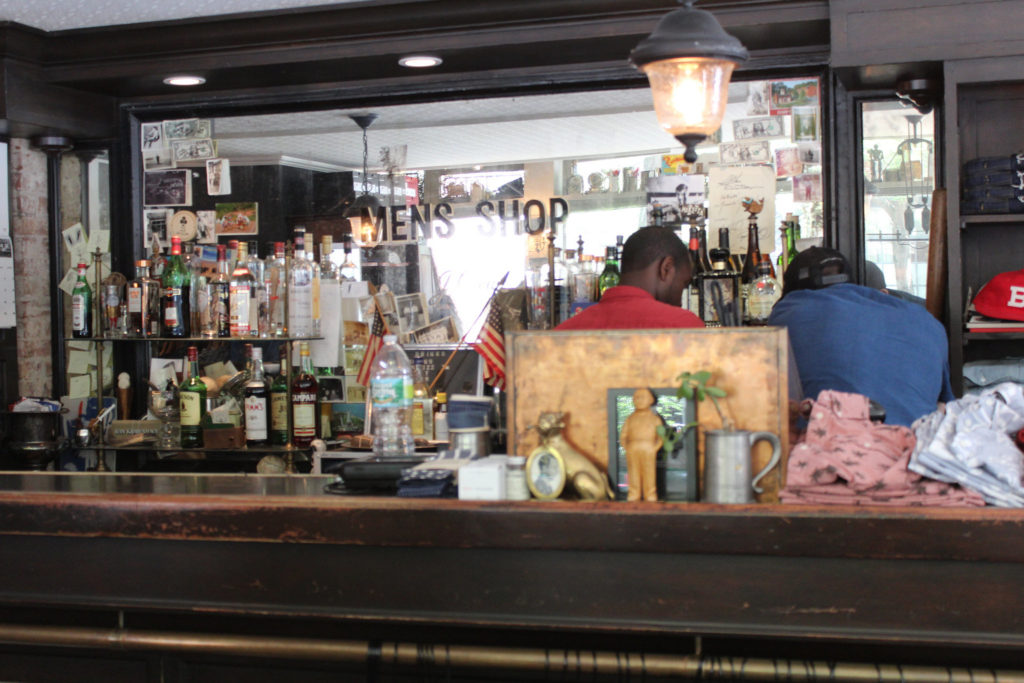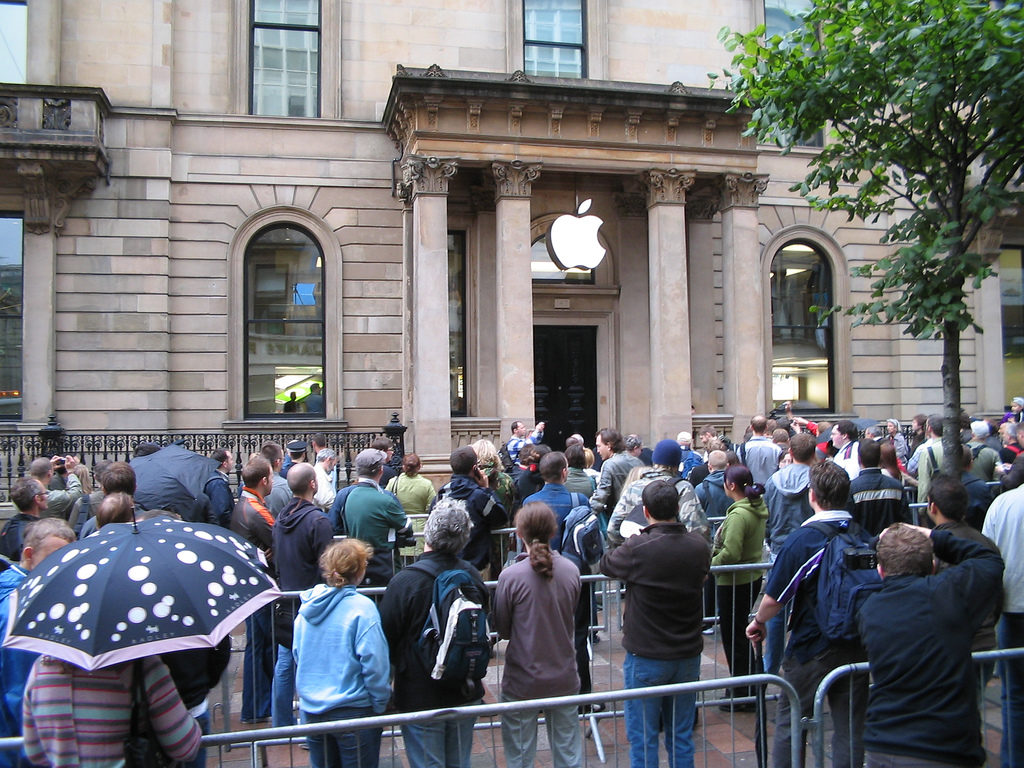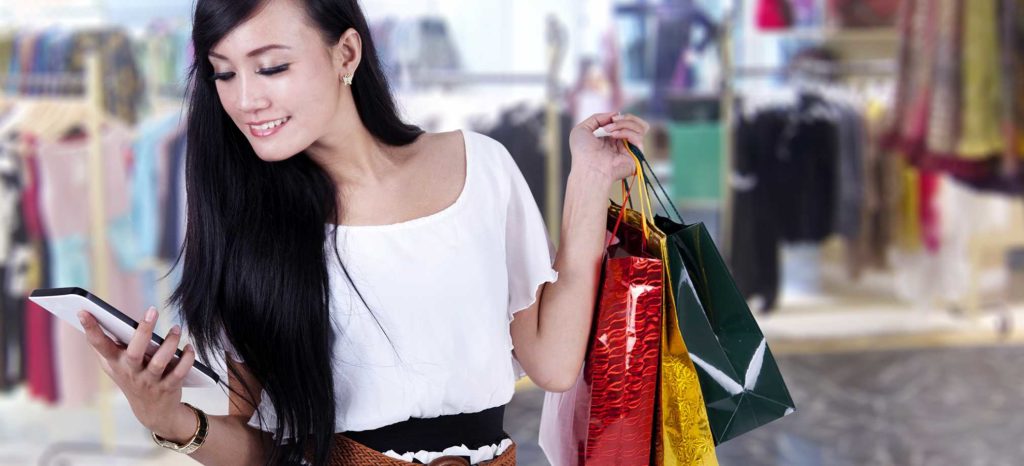From Baby Boomers to Generation Z, each generation has its own defining political and cultural traits that have characterized their coming-of-age and shopping habits.
As of now, there are four major generational demographics that economists have recognized as distinct markets: Baby Boomers, Gen X, Gen Y (more popularly known as Millennials,) and Gen Z—each of which is unique in their perspectives on marketing tactics and purchasing preferences.
If retailers want to make their products available to each generation in the best way possible, they need to adapt their brand experience in a way that accommodates all the options that these groups rely on. That’s why we gathered all the data you need to know just what each generation is looking for.
Baby Boomers Shopping Habits
Born 1946 to 1964

When it comes to the joy of shopping, Baby Boomers want convenience above all else.
The Boomer generation is just too stressed for shopping trips, as Colloquy reports that at a 27 percent response rate, Boomers were the least likely to agree with the statement “I think shopping is a great way to relax” when compared to all other generational groups. They also scored well below Millennials in terms of browsing with only 37 percent of
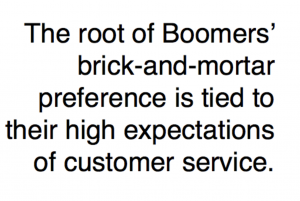
Boomers reporting that they would be likely or willing to explore a store for new products.
The Baby Boomer’s aversion to browsing is understandable; with a greater amount of disposable income than all other generations, Baby Boomers also have the spending power to make purchases without necessarily hunting down for bargains in-store, which is a greater characteristic of Millennials and Gen Z. However, Boomers are very comfortable browsing and shopping online with 85 percent of surveyed Boomers reporting that they research products on their web browsers. In a surprising finding by Immersion Active, Boomers aren’t opposed to taking a leap of faith to purchase products online either as 66 percent of Boomers reportedly make regular purchases via web devices.
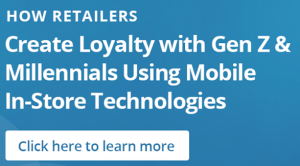 Although they regularly make purchases online, Baby Boomers by far prefer the personal engagement of traditional stores when making actual purchases. At 84 percent, Boomers were highest amongst all survey groups in expressing their preference to shop in-store, and 67 percent report that if an item they want is available online or in a nearby store, they prefer to purchase it at their local retailer rather than order online.
Although they regularly make purchases online, Baby Boomers by far prefer the personal engagement of traditional stores when making actual purchases. At 84 percent, Boomers were highest amongst all survey groups in expressing their preference to shop in-store, and 67 percent report that if an item they want is available online or in a nearby store, they prefer to purchase it at their local retailer rather than order online.
The root of Boomers’ brick-and-mortar preference is tied to their high expectations of customer service. According to a LoyaltyOne survey on generational consumer habits, Boomers were the most likely demographic to take their business away from retail chains following a subpar exchange with one of their sales associates.
Boomers place immense value in brands based on their interactions with sales associates, and retailers can capitalize on this by offering the experience through digital channels. Social web store features and clienteling apps have become vital tools in engaging the Boomer generation and catering to their reliance on associates’ recommendations.
When it comes to social influence, Boomers are more selective on what sources they trust for brand recommendations. Although 82
percent of Baby Boomers are on social media, they are still
unlikely to use the platform as an influence on their shopping habits, and only 12 percent of Boomers say they look to friends and family for advice on their purchases. Instead, Boomers are twice as likely as Millennials to have their interest sparked by the reported popularity of a brand when purchasing a new or unfamiliar product. This suggests that brands with bold and consistent omnichannel engagement are likely to perform better among the Boomer demographic due to their suggested popularity.
Generation X Shopping Habits
Born 1965 to 1980

Sandwiched between the Boomers and Millennials, Gen X is often referred to the “middle child” generation due to its reputation of often being forgotten by marketing specialists. Because of this, there is little market research into their spending habits compared to those of Boomers and Millennials. This comes as a shock when the spending power of this generation can’t be ignored: Gen Xers produce 31 percent of total US income despite representing a mere 25 percent of the population.
One of the greatest obstacles in the marketing approach to Gen Xers is that they tend to shop more conservatively than other generations. They’re more skeptical about marketing tactics, which means they won’t be won with flashy advertising but with practicality and proof of performance.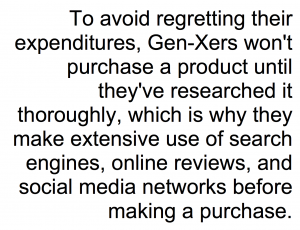
To avoid regretting their expenditures, Xers won’t purchase a product until they’ve researched it thoroughly, which is why they make extensive use of search engines, online reviews, and social media networks before making a purchase. That being said, having any doubts about product performance will easily dissuade them from their buying journey.
Gen X prefers honest explanations of product usage and trusts clienteling techniques that cater to their own habits. When marketing to Gen Xers, it’s critical to make products and services especially visible and accessible online by using SEO strategies to optimize their research and an active social media presence to demonstrate a personable and authentic brand image. Digitally, email is one of best channels for reaching out to this generation. Gen Xers check emails on a regular basis and are more likely to respond well to personalized offers based on their previous purchases. Like Baby Boomers, Xers also rely on quality customer service for brand loyalty as they see store associates as people who can relate to them on a consumer level and relay the best options for their purchases without an upsell.
Generation Y (Millennials) Shopping Habits
Born 1981 to 1997

Whether for social media, research, or purchases, Millennials use web devices in nearly every aspect of their life, even while shopping in stores. 68 percent of Millennials demand the convenience of omnichannel accessibility during their shopping journey, which means having an integrated experience that can effortlessly transition their consumer data from their smartphone, to laptop, to local store, and back again.
Millennials are so omnivorous in their point-of-sales that as a generational demographic, they’re the most likely to make use of every avenue of purchasing available to them. In fact, younger Millennials (aged 20-23) on the cusp of Gen Z are more likely to shop in a brick and mortar store when compared to older Millennials (aged 32-35,) who are the most likely within the group to buy via mobile. And overall, when Millennials shop for something both online and in a store, they are much more likely to make a purchase in a store than they are online. But while the myriad of online stores and buying options today have offered Millennials the ability to be more selective with their purchases, the options can get overwhelming as Millennials actually tend to prefer browsing for products across brands rather than settling on an option and purchasing it.
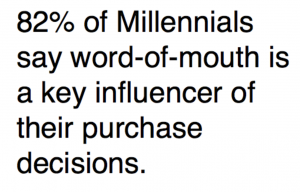 Seeing shopping as a social event is another trait that strongly characterizes the Millennial market and sets it apart from older generations. In stark contrast to Baby Boomers, research shows that Millennials enjoy shopping and see it as fun and relaxing activity to be shared with friends and family. According to Gen Buy, the grand majority of Millennials report that they shop with other people at least half the time, and 60 percent consider advice from their friends when deciding what to buy.
Seeing shopping as a social event is another trait that strongly characterizes the Millennial market and sets it apart from older generations. In stark contrast to Baby Boomers, research shows that Millennials enjoy shopping and see it as fun and relaxing activity to be shared with friends and family. According to Gen Buy, the grand majority of Millennials report that they shop with other people at least half the time, and 60 percent consider advice from their friends when deciding what to buy.
Of course, the social consumer experience is not only limited to shopping mall excursions but social media as well: 68 percent of Millennials admit to being strongly influenced by social media posts while 84 percent say user-generated content has at least some influence on what they buy.
Retailers should recognize that social media is extremely important to Millennials in their purchasing journey because even though they value the opinions of family and friends, they seek out the experiences of other consumers above all. Not only do 90 percent of Millennials research product reviews online, most tend to rely on other consumers’ reviews on retailers’ sites over those of people they know. By taking advantage of all these forms of recommendations, it’s no surprise that 82 percent of Millennials say word-of-mouth is a key influencer of their purchase decisions.
Like Gen X, Gen Y is also skeptical of overbearing marketing tactics. Millennials tend to reject retailers who constantly push products through messaging and instead prefer authentic interactions with sales associates who happen to also be consumers of their retailer’s products. Millennials are also likely to interact with brands and retailers through social media sites such as Twitter and Facebook in order for their voices to be heard.
Gen Z Shopping Habits
Born 1998 to 2010

Gen Z is the generation of digital natives that can’t remember a time before Internet, and as such, the platform has become the foundation of their buying process. Gen Z uses their plethora of Google resources to compare prices, styles, availability, and ratings of products to make the most educated purchase possible. Being savvy with price-checking tools also makes Gen Z more selective when making big expenditures with many often buying products only when they’re on sale or even delaying gratification by waiting for newer products to become available.
While much of their research is digital, Gen Z still enjoys visiting stores as a social excursion in the same way Millennials do. In fact, 84 percent of Gen Zers intentionally structure their shopping trips a social activity and wait to accumulate a solid list of wants and needs before visiting stores with friends.
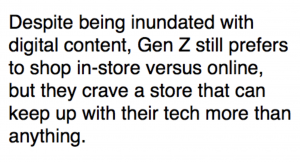 Like Gen Y, Gen Z is also likely to contribute to consumer-generated content for brands by voicing their comments and concerns online and by seeking out interactions with brand representatives. As Sara Spivey, CMO of Bazaarvoice, says, “Companies should encourage Gen Zers to share photos and videos with their purchases, create polls and contests on social media and, most importantly, listen and respond to their feedback.”
Like Gen Y, Gen Z is also likely to contribute to consumer-generated content for brands by voicing their comments and concerns online and by seeking out interactions with brand representatives. As Sara Spivey, CMO of Bazaarvoice, says, “Companies should encourage Gen Zers to share photos and videos with their purchases, create polls and contests on social media and, most importantly, listen and respond to their feedback.”
Catering to Gen Z’s online expectations by providing consumer-generated content is crucial for retailers, because not only do these teens respond extremely well to word-of-mouth, but they actively participate in it as well. Spivey claims that 40 percent of Gen Zers give online reviews “very often,” which in turn encourage others within their generation to purchase products. In this sense, Gen Z consumers sharing brand content on social media can easily be considered unofficial brand ambassadors.
Despite being inundated with digital content, Gen Z still prefers to shop in-store versus online, but they crave a store that can keep up with their tech more than anything. Companies need to understand that technology drives Gen Z’s shopping experience—an established social media presence should complement touchscreens in brick and mortar stores if retailers want to keep tech-savvy Gen Zers eager to interact with their brand.
Ironically, the instant gratification that Gen Z has become accustomed to through their digital habits isn’t entirely sustainable from their web devices when it comes to shopping.
“Two-thirds say they’re comfortable shopping online but still prefer to shop in-store for the instant gratification of not having to wait for their orders to arrive,” says Spivey. “The shopping trend of buying online and picking up in-store is quickly gaining traction with this group.”
Additional research shows that other wallet-friendly incentives, such as coupon offers (all generations love coupons,) are also a great way to bring Gen Zers in store.
Considering how Gen Z and Gen Y both still shop both online and offline, and reportedly more so than older generations, retailers need to prioritize enhancing both groups shopping experiences by appealing to their affinity for technology and perspective on shopping as a social enterprise. Offline, stores should promote a chic, tech-savvy, communal atmosphere. Online, retail sites should interact with and promote user-generated content to provide a seamless shopping experience across the average Gen Zer’s many juggled web devices.
————–
With generations old and new increasingly using web devices to help them make purchases, digital tools are shaping the way customers across all generations interact with brands. Using the right clienteling apps and social media engagement techniques will help retailers build lasting relationships with consumers who continue to seek social and authentic customer service experiences during their buying journey.
